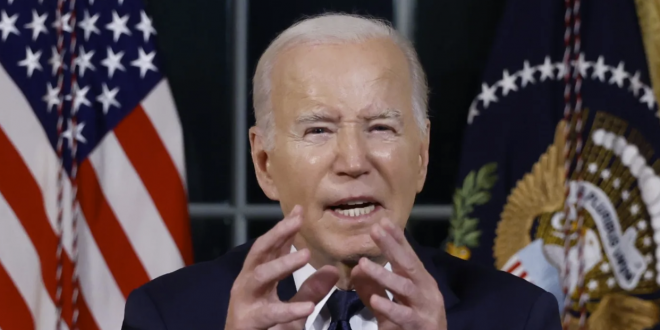President Biden issued an executive order (EO) to set “new standards” for AI safety and security, including requirements for foundation AI model developers to notify the federal government and share safety test results before deploying them to the public.
An international discussion about boundaries to stop algorithms from becoming too powerful has been triggered by the rapidly expanding generative AI movement, which is spearheaded by ChatGPT and OpenAI foundation AI models. In May, G7 leaders identified key themes for the Hiroshima AI Process, and today, the seven constituent countries agreed on guiding principles and a “voluntary” code of conduct for AI developers.
The UN announced a new board to study AI governance last week, and the U.K. is hosting its global summit on AI governance at Bletchley Park this week, with Kamala Harris scheduled to speak.
In lieu of anything legally binding, the Biden-Harris Administration has secured “voluntary commitments” from OpenAI, Google, Microsoft, Meta, and Amazon to focus on AI safety. This was always intended as a prelude to an executive order, which is being announced today.
“Safe, secure, and trustworthy AI”
The order requires developers of the “most powerful AI systems” to share safety test results and data with the U.S. government.
“As AI’s capabilities grow, so do its implications for Americans’ safety and security,” the order says, aiming to “protect Americans from the potential risks of AI systems.”
The order aligns the new AI safety and security standards with the Defense Production Act (1950) and targets any foundation model that could threaten national security, economic security, or public health, which should cover most foundation models that survive.
“These measures will ensure AI systems are safe, secure, and trustworthy before companies make them public,” the order says.
The order also requires the National Institute of Standards and Technology (NIST) to create new standards “for extensive red-team testing” before releasing them to ensure AI safety and trust. Across the board, the Departments of Energy and Homeland Security will test AI and critical infrastructure risks.
The order also backs a number of new rules and guidelines, such as stopping AI from creating harmful biological materials, stopping fraud and deception powered by AI, and setting up a program to develop AI tools to fix major software vulnerabilities.
Teeth
The order addresses equity and civil rights, highlighting how AI can worsen discrimination and bias in healthcare, justice, and housing, as well as workplace surveillance and job displacement. The order states that it wants to ensure fairness in the criminal justice system by “developing best practices on the use of AI in sentencing, parole and probation, pretrial release and detention, risk assessments, surveillance, crime forecasting and predictive policing, and forensic analysis.” However, it seems to be mostly recommendations and guidelines.
While the executive order codifies how AI developers should build safety and security into their systems, it’s unclear how enforceable it is without legislative changes. The order addresses data privacy concerns because AI makes it infinitely easier to extract and exploit private data at scale, which developers may be incentivized to do during model training. The executive order only asks Congress to pass “bipartisan data privacy legislation” to protect Americans’ data and provide more federal support for privacy-preserving AI development.
With Europe about to pass the first extensive AI regulations, it’s clear that the rest of the world is also trying to contain what will be one of the biggest social disruptions since the industrial revolution. The impact of President Biden’s executive order on OpenAI, Google, Microsoft, and Meta is unknown.
 Tech Gadget Central Latest Tech News and Reviews
Tech Gadget Central Latest Tech News and Reviews




